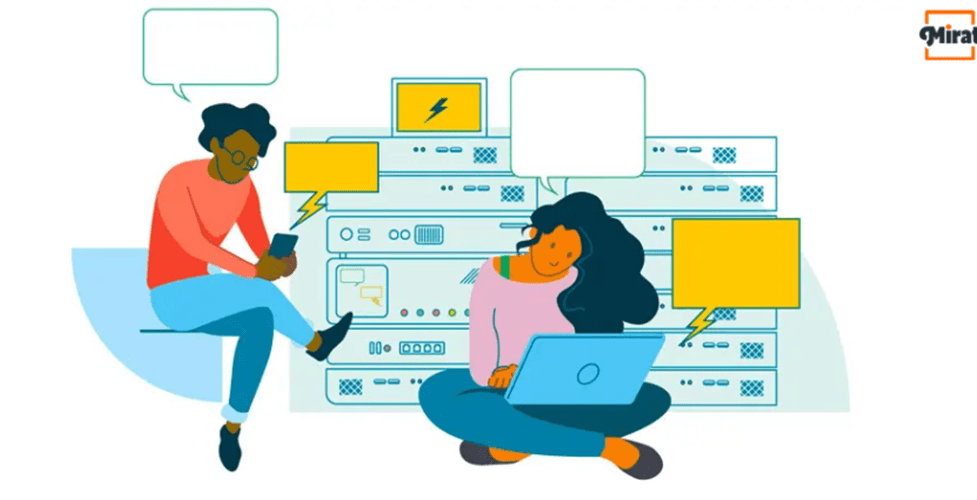When important equipment of an organization is down, affecting its productivity drastically, it is an incident. What incident management does is address such situations effectively so that the affected party is back in business again. There are other kinds of sticky situations firms can find themselves in, and these IT disruptions can harm their operations and lead to their losses.
That is the reason ITIL incident management is extremely critical to the functioning of any organization across the world. If it is in place, a company can resolve glitches and, in the bargain, salvage the situation for itself and its customers.
It may be referred to by different organizations as call management, request management, or ticketing management.
What Exactly is an Incident?
A single event that causes one of the organization’s services to not perform as it should is known as an incident. If a issue is occurring repeatedly, ITSM tools that have the capability of using routine solutions are used to immediately fix them. Most companies give precedence to resolving incidents depending on how critical they are for their clients by determining how much it would affect them.
It is, therefore, not unusual that they get down to resolving high-priority incidents as quickly as it is possible for them. Similarly, less severe incidents are kept on hold until more serious ones are handled.
How does one Distinguish Changes & Problems from an Incident?
While a complication impacts only one of the IT services of an organization, a change affects activities where the IT equipment of one or all departments has to be replaced. According to IT Service Management (ITSM), a problem entails frequent disruptions to an organization’s entire IT ecosystem. In such a scenario, the problem is registered in its ITSM tool, and a team commences to determine the core issue.
How is Incident Management Related to ITIL?
As per the ITIL charter, in the stages of the Service Operation life cycle, ITIL incident management is one of its components. In the ITIL guidelines, it is one of the five life cycle stages. The Service Operation agenda aims to use the solid best practices that are applied to shore up services for quick response.
Best Practices for Incident Management

MIRAT, with its longstanding experience in incident reponse plan implementation, is one of the past masters in the ITIL incident management processes. Here, we will underline the most important ones.
Every organization must log all problems in one tool, no matter what their criticality is and irrespective of what type of customer has launched a complaint. When it sticks to this thumb rule, the organization can keep tabs on each of its difficulty so that it can hasten the fixing process. It would be better if the said organization works with fields that are regularized as per its systems. It could also automate updates of emails to reduce the time devoted.
All firms must ensure that there exist no mandatory fields lying unfilled. They should goad their partners to follow this procedure by filling out all mandatory fields very strictly. It helps them especially when they come out with reports and to resolve disputes as accurately as they can.
All organizations must ensure that they are keeping their categorizations healthily. They can eliminate categories and subcategories that certain of their customers may hardly use in their ITSM tools. It is better to use ‘Other’ options as sparsely as possible.
It is important to stick to a team that is abreast of all innovations in this field. They should make it compulsory for each of their customer service team members to adhere to the same troubleshooting processes from the moment they commence a process. It will help organizations to be certain that their organization service quality is consistent.
Organizations should use recognized solutions after they log disputes. They should register successful processes for issue that recur.
The Advantages of Incident Management
Here are some of the major advantages of using an ITIL incident management system.
It improves efficiency and, therefore, results in better outputs. When people handling the service desk stick to the tried and tested processes for tackling each difficulty, it leaves no room for ambiguity.
When customers get ITIL incident management services that are intelligible and transparent, they are aware of what is transpiring as and when the tickets are raised by them.
Services provided through incident management software are guaranteed to be of quality. There is no way for your customer support executives to miss out on any tickets waiting for resolution in a mailbox. As the customer support staff has the capability of sorting out tickets depending on the level of cruciality of each one of them, the first priority is accorded to the most high-profile complications, helping its customers to gain confidence about the reliability of its incident report software.
When a company logs all incidents on its ITSM platform, it acquires significant awareness through supervising and reporting.
It helps an organization honor all its service level agreements (SLAs) as the process of incident response plan gives it more awareness about them. It allows it the opportunity to act where it is necessary.
Mirat’s core competence lies in offering top-quality incident report software services. You can contact us if you want to use these services.
Mirat.ai’s IT Infrastructure Management is Affordable & Easy to use! Get your Dashboard ready in only 5 Minutes. Request for Trial/Demo now (or) Contact our Team Now .
Contact Information:
Hema
Sales Executive
Phone: +1-315-636-4213
Email: sales@mirat.ai
Website: https://www.mirat.ai/

